Floor Sanding for Historic Homes: Preservation Tips

Maintaining the Charm and Integrity of Your London Home
Introduction
Historic homes in London are treasured for their unique charm and architectural beauty. Preserving these features, especially antique wooden floors, requires careful and knowledgeable maintenance. In this post, we’ll share expert tips on floor sanding for historic homes, ensuring you maintain their original beauty and structural integrity.
Understanding the Importance of Preservation
Historic floors are more than just functional surfaces; they are a testament to the craftsmanship and history of the home. Proper preservation not only enhances their beauty but also maintains the home’s value and heritage. Sanding these floors requires a delicate approach to avoid damaging the wood or losing historical details.
Assessing the Condition of Your Floors
Before starting any sanding project, it’s crucial to assess the condition of your floors. Look for signs of damage such as deep scratches, gouges, or loose boards. Understanding the extent of wear and tear will help you determine the level of sanding required and any necessary repairs before sanding begins.
Choosing the Right Sandpaper and Equipment
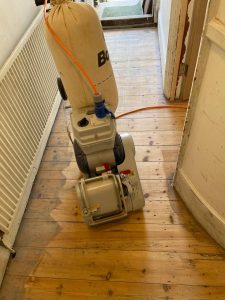
Using the appropriate sandpaper and equipment is essential for preserving historic floors. Start with a finer grit sandpaper to remove surface imperfections without taking off too much wood. Avoid heavy-duty sanding machines that can be too aggressive for older floors. Orbital sanders are often a better choice for a more controlled and gentle sanding process.
Minimising Dust and Protecting the Environment
Sanding can generate a significant amount of dust, which can be harmful to both the wood and your health. Use sanding equipment with dust collection systems to minimise airborne particles. Additionally, seal off the work area with plastic sheeting to prevent dust from spreading throughout your home. Consider using eco-friendly finishes to protect the environment and maintain indoor air quality.
Repairing and Replacing Damaged Boards
Historic floors may have damaged or missing boards that need repair or replacement. When replacing boards, use reclaimed wood that matches the age and species of your existing floors. This ensures a seamless look and preserves the historic integrity of your home. Always repair loose boards before sanding to ensure a smooth and stable surface.
Applying Appropriate Finishes

Choosing the right finish is crucial for protecting and enhancing the beauty of historic floors. Opt for finishes that are historically accurate and compatible with the age of the wood. Traditional oils and waxes can provide a warm, natural look, while modern water-based finishes offer durability with minimal impact on the wood’s appearance. Test the finish on a small area first to ensure it meets your expectations.
Regular Maintenance and Care
Once your floors are sanded and refinished, regular maintenance is key to preserving their condition. Use soft-bristle brooms and vacuum with hardwood floor attachments to keep them clean. Avoid excessive moisture and use protective pads under furniture to prevent scratches. Periodically inspect your floors and address any issues promptly to maintain their beauty and integrity.

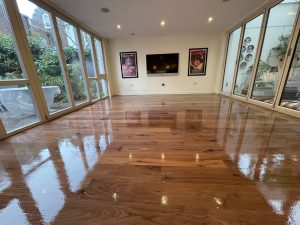

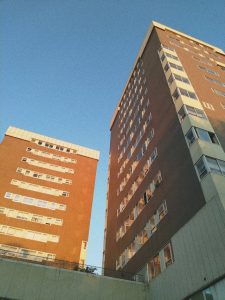
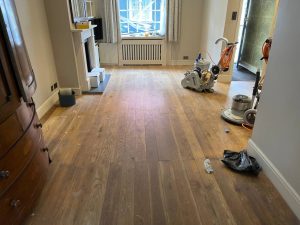

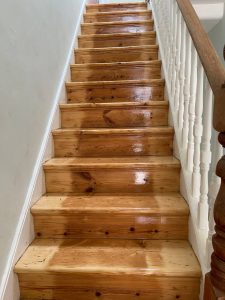
How to Choose the Best Floor Sanding Products
How to Choose the Best Floor Sanding Products Essential tips for selecting high-quality sanding[Read more...]
Floor Finishes
Making a start on your wooden floor finish. Timber floors require a protective coating to[Read more...]
The Best Finishing Techniques for Sanded Hardwood Floors
The Best Finishing Techniques for Sanded Hardwood Floors Hardwood floors are a timeless feature[Read more...]
The Best Floor Sanding Practices for Winter
The Best Floor Sanding Practices for Winter Winter can present unique challenges for maintaining[Read more...]
The Importance of Ventilation During Floor Sanding
The Importance of Ventilation During Floor Sanding Expert Tips to Ensure a Safe and[Read more...]
Floor Sanding FAQs: Everything You Need to Know
Floor sanding is a popular method for rejuvenating wooden floors, but it often comes with[Read more...]
WOOD FLOORING SANDING AND OILING
[Read more...]
Wood floor nailing
[Read more...]
Wood Floor Maintenance
[Read more...]
The Role of Sealing in the Floor Sanding Process
The Role of Sealing in the Floor Sanding Process Enhancing the Durability and Appearance[Read more...]